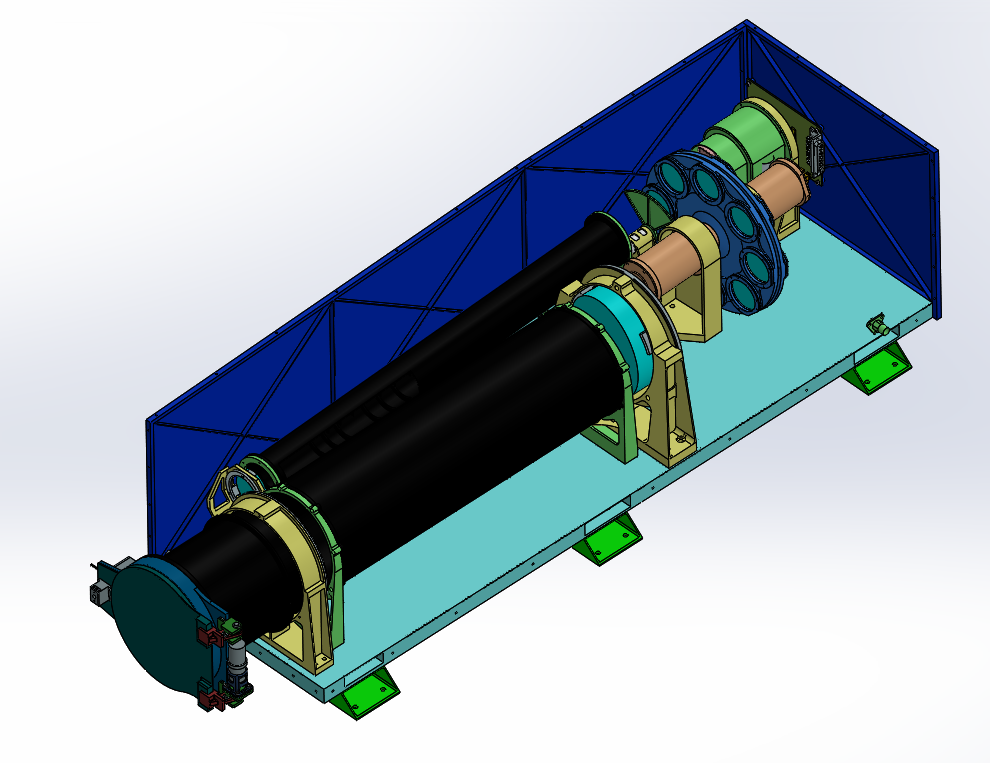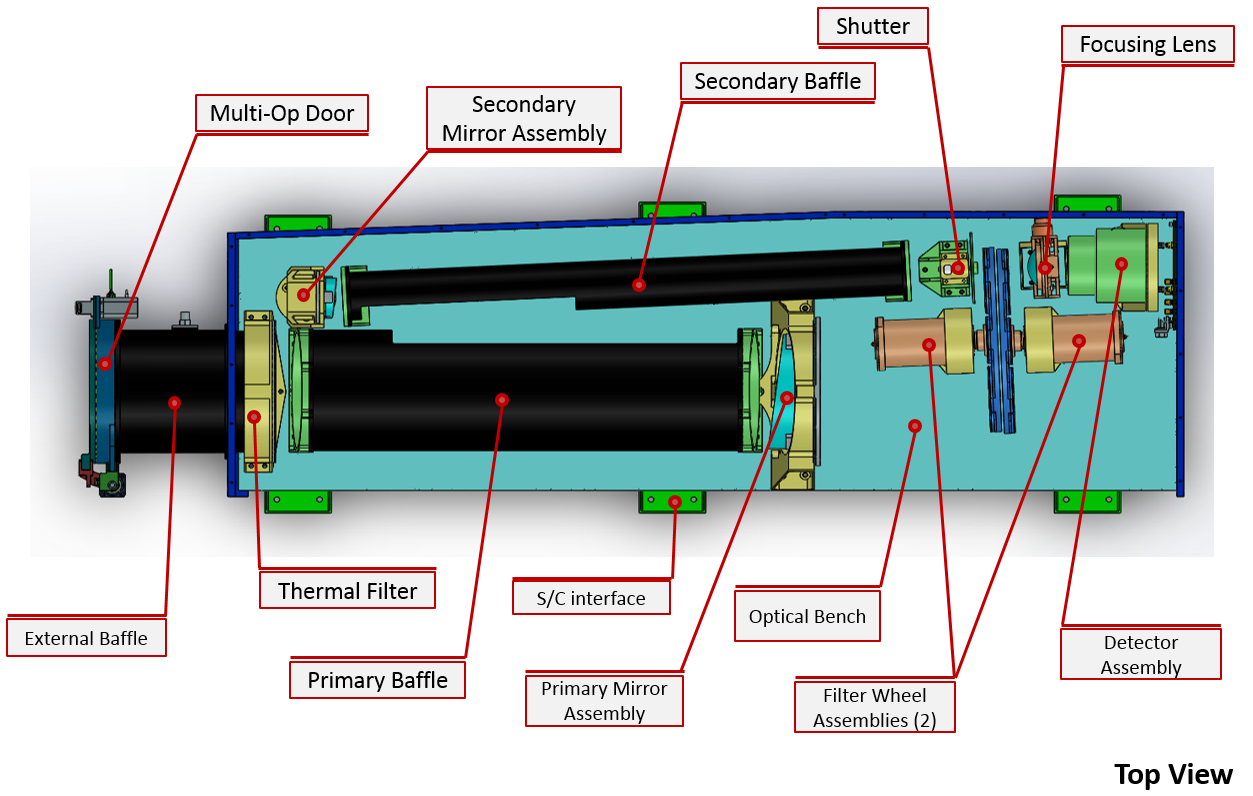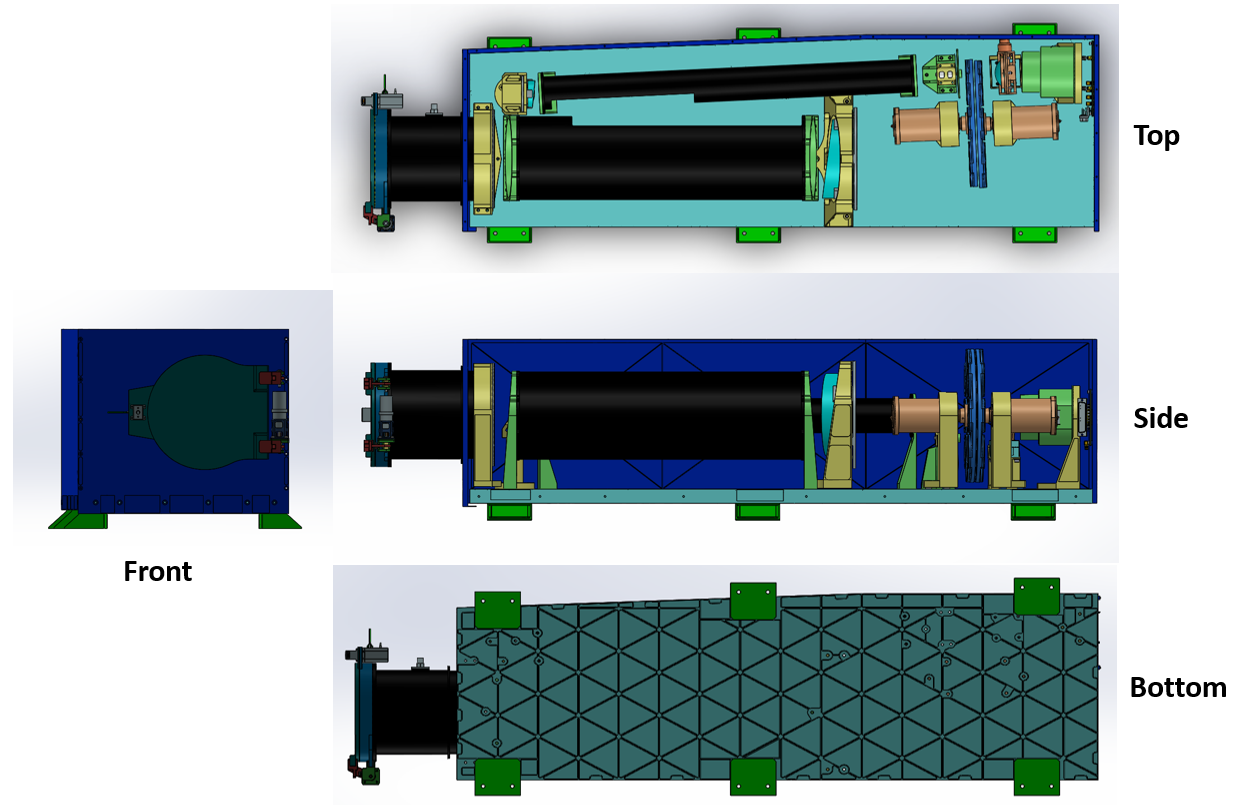Figure1: CAD Model of SUIT- Isometric View.
The proposed Solar Ultraviolet Imaging Telescope (SUIT) instrument onboard Aditya-L1 mission will open up an unprecedented observing mode of the Sun at near UV regions, without any attenuation due to Earth's atmosphere. It will provide near simultaneous full disk observations of the lower and middle layers of the solar atmosphere, namely photosphere, chromosphere and lower transition region in near ultraviolet wavelength range. It will cover the a NUV region from 200-400nm in 11 passbands (8 Narrow-band and 3 Broad-band) using two filter-wheels. As most of the UV radiation are absorbed by the Earth's atmosphere in this range, observations of Sun at these shorter wavelengths are not possible from ground.
Figure2: Functional Diagram of SUIT - Depicting key subsystems and components.
Combining SUIT’s observations with other instruments on board Aaditya-L1 (namely VELC, SoLEX and HEL1OS), we will have a complete window for all these layers of Sun's atmosphere. The science proposed with SUIT will deal with the key scientific issues related to the coupling and dynamics of solar atmosphere. Additionally, it will address, for the first time, one of the much debated question of variation of near UV solar flux. Though the total irradiance emitted by the Sun is only ~8% in UV, more than 60% of the solar variability takes place at UV wavelengths below 400 nm. SUIT will be able to provide observations that will be help us settle this debate.
Figure3: Top view of SUIT CAD Model - Showing different components.
Figure4: Different views of SUIT CAD Model





